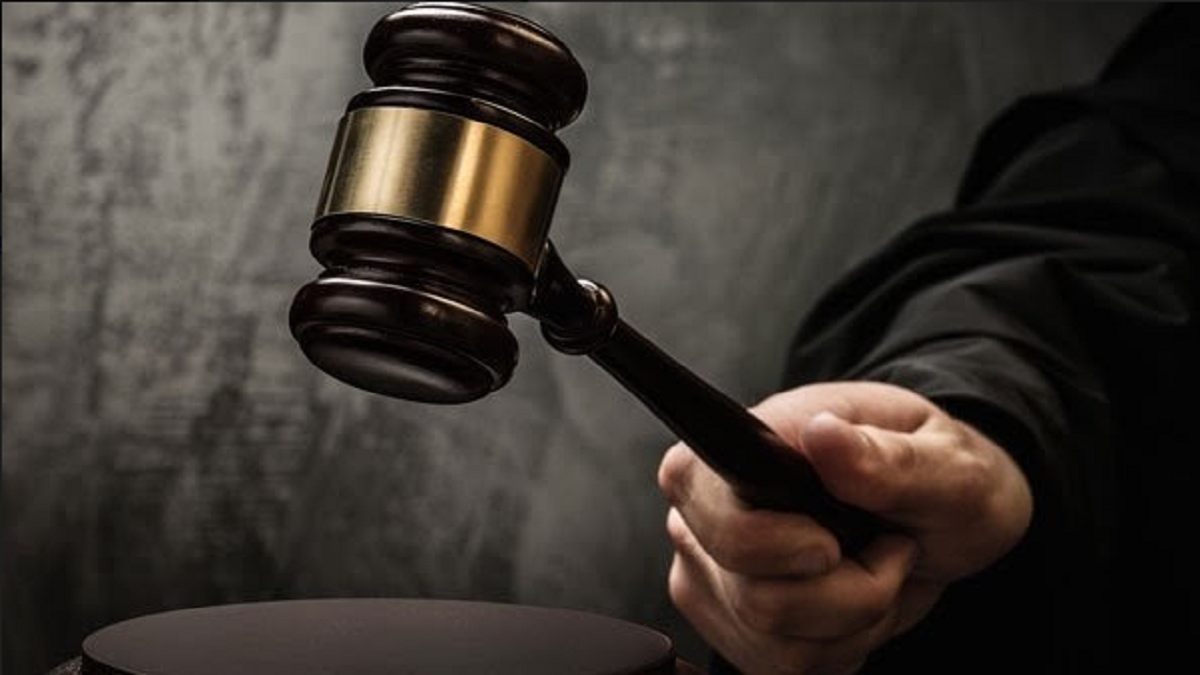


In March 2015, the Supreme Court of India in the case of Shreya Singhal vs. Union of India declared Section 66A of the Informational Technology Act, 2020 to be void ab initio. The section made it punishable to send any information through a computer resource or communication device for the purpose of causing “annoyance, inconvenience, danger, obstruction, insult, injury, criminal intimidation, or ill-will fall”. The vagueness of the section rendered it incapable of distinguishing between mere discussion or advocacy and when such discussion or advocacy leads to incitement. Therefore, the apex court rightly struck down the section for being vague and violative of the freedom of speech and expression guaranteed by the Indian Constitution, by explicitly stating “What may be offensive to one, may not be offensive to another”.
Normally, declaration of unconstitutionality renders a provision void ab initio and any previous, pending or subsequent actions taken under said provision comes to an immediate halt. However, even after six years of being declared void, the notorious section 66A is still in effect – not only are some of the pending cases still active, but fresh cases are being instituted by the police and judicial administration to prosecute individuals who are found in violation. As of July 2021, independent data suggest as many as 810 cases registered under section 66A are still pending in district courts across 11 states.Official data in this regard is unavailable as the National Crime Records Bureau (NCRB), which is the body responsible for collection and publication of data pertaining to crimes in India, declared in 2016 that it will not publish data on Section 66A in subsequent reports. Interestingly, NCRB published this statement after it stating that the previously published record in 2015 and 2016 which showed that despite the Supreme Court’s ruling, people were still being arrested under the section, was incorrect due to internal data processing system. However, there is ample evidence of the section still being used. For instance, in 2017 a case under Section 66A was registered against an 18 year old Zakir Ali Tyagi who posted a comment on Facebook, after Uttarakhand High Court declared River Ganges to be a living entity, asking that since “The Ganga has been declared a living entity; will criminal charges be initiated if someone drowns in it?”. Further, in the year 2016, the magistrate was notified by the prosecutor in the case of State v. Mohd. Sakir, that the sole section under which the accused was being tried upon had been declared unconstitutional by the apex court and yet a non-bailable warrant was issued against the accused.
After the Supreme Court was approached by a human rights organisation to direct collection of data and to direct state machineries to comply with the Shreya Singhal judgement, the apex court in 2019 granted the same. During the proceedings, it was also brought to notice by the Union of India that all state governments have been already asked to furnish data on Sec 66A cases and also to close them. Some states, like Kerala readily responded that there were 19 pending cases and the same were being closed. However, despitethe direction, cases are still being registered. In March 2020, the Patna High Court granted bail to two petitioners who were registered under sec. 66A and had been in custody for 6 months.
It has been observed that even when the unconstitutionality of section 66A is brought to notice during proceedings, the charge changes in form and not substance. As in the aforementioned case of Zakir Ali Tyagi, the allegations were converted to Section 66, regarding computer related offences, and thereafter once he was released on bail, the offence of sedition was added. Further, in the absence of Sec 66A, an increase in cases of Sec 66 and Section 67, offence regarding online obscenity has been noted.
The systemic failure to ensurecomplete termination of the arbitrary usage of unconstitutional laws results in arbitrary actions by the law enforcement machineries and it undermines freedom of speech and expression as well as the judicial precedential authority.This problem needs more rigorous means to discontinue section 66A from application for all practical purposes, even on the lowest levels of law enforcement. Some possible solutions could be directing supervisory officers at police stations to overlook that no new complaints are registered under the unconstitutional provision. If a complaint is still registered, coercive action must be taken against the erring officer, and if need be, register cases under Sec 166A of the Indian Penal code which provides punishment for disobeying directions under the law. Another point, as pointed out by the Attorney General of India, instead of mentioning in footnotes, unconstitutional provisions should be emphasised upon with brackets near such provisions. Lastly, since most states register complaints under the Criminal Tracking Network and systems (CTNS), which is online in nature, such sections should be disabled.
In a recent study, India ranked 25 out of 33 countries, even lower than Russia, in free speech and it was found that there’s a stark decrease in freedom from 2015 to 2021. In light of allthe facts considered, the factors to assess restriction on freedom of expression need to account for both legal and illegal application of law. Lastly, undermining of the right to free speech in the largest democracy in the world should act as a reminder to Martin Luther King Jr.’s words “Injustice anywhere is a threat to justice everywhere”.